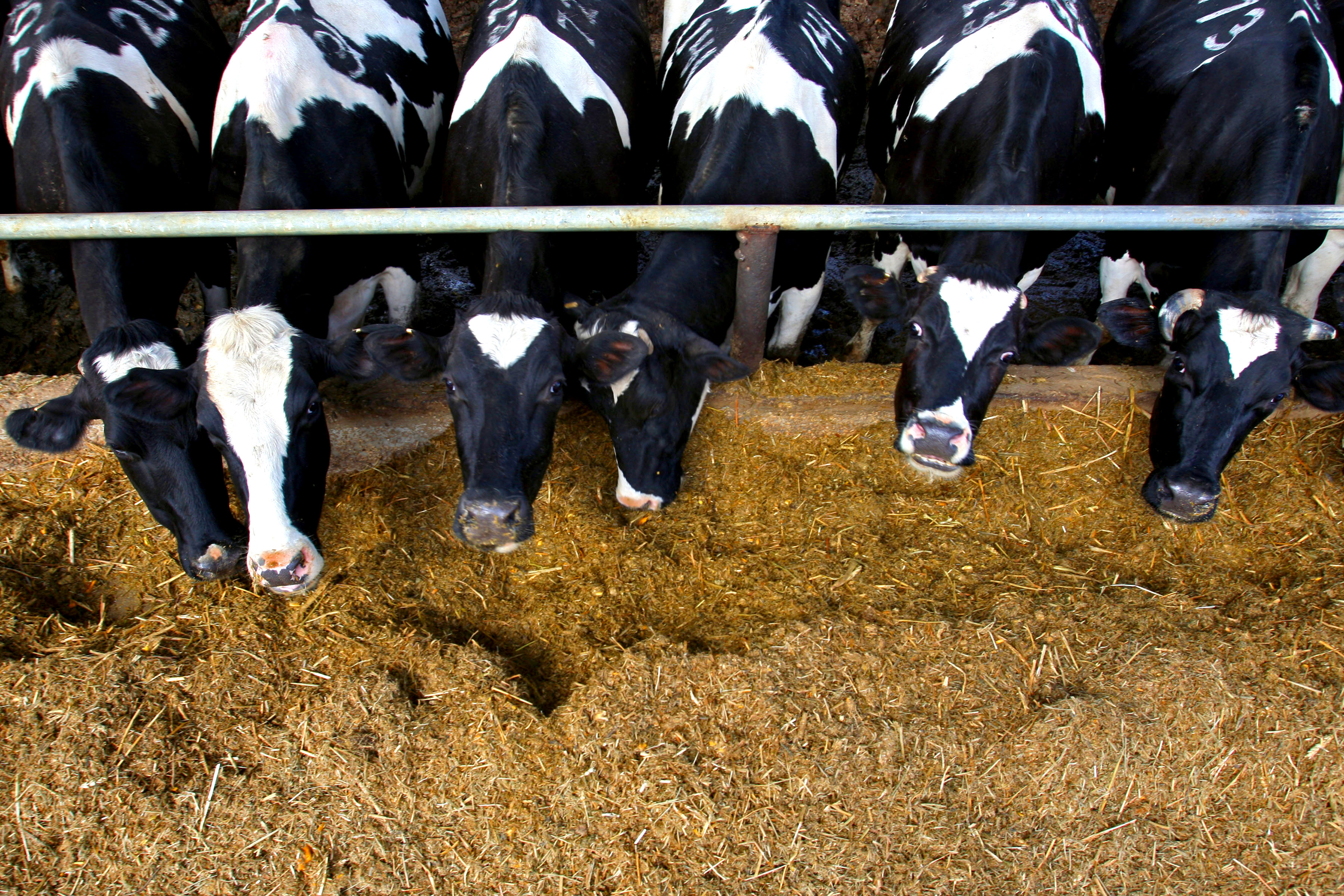How to fix the American dairy crisis
Bring back New Deal farm policy


It's not getting much attention, but American dairy farmers are in trouble. Back in the old days, when farmers were a third of the American workforce, such a thing would be a first-rank political issue. But now, when they're about 1 percent, it's easy to ignore. (To be fair, President Trump is sort of paying attention, even if he is blaming the wrong people.)
Nevertheless, it is still a problem worth fixing, both because farmers are still a significant presence in many states (not to mention our, you know, fellow citizens), and because the dairy problem illustrates how government policy can help stabilize and rationalize the production of vital commodities.
The proximate problem is about exports, as a new Canadian price regulation (not a tariff, importantly) to protect their own dairy farmers has made it impractical to export ultra-filtered milk there. But behind the export problem, dairy farmers are suffering a classic problem of overproduction. Luckily, good old New Deal anti-trust and farm protection policy is already on the shelf, ready to be dusted off.
The Week
Escape your echo chamber. Get the facts behind the news, plus analysis from multiple perspectives.

Sign up for The Week's Free Newsletters
From our morning news briefing to a weekly Good News Newsletter, get the best of The Week delivered directly to your inbox.
From our morning news briefing to a weekly Good News Newsletter, get the best of The Week delivered directly to your inbox.
So the immediate problem is hitting Wisconsin worst. After the Canadian announcement, Grassland Dairy Products told 75 Wisconsin farms that it would no longer be buying their milk, as of May 1. Grassland was the sole buyer for many of those farms, which naturally created immediate panic — milk perishes very quickly and has to be collected every day.
What to do?
The first and most important step to take is anti-trust regulation. Dairy farming, like all farming, is a heavily concentrated business, making it easy for big business to bankrupt small ones with unfair pricing. It should be broken up so that no one producer controls more than, say, 10 percent of the market in any region.
But more importantly in this instance, buyer concentration must also be reversed. Grassland is not that big of a company, with sales of $1.4 billion as of 2014. But the fact that it effectively holds power of life and death over so many farmers is evidence that it has significant market power — and no doubt others have far greater leverage. If there were a properly functioning dairy products market in Wisconsin, another company would have immediately snapped up the farmers.
A free daily email with the biggest news stories of the day – and the best features from TheWeek.com
A classic open market, where suppliers of goods sell directly to buyers of goods, takes quite a lot of government regulation to stand up and maintain. Allowing markets to be rolled up into a monopoly or oligopoly takes away open and clear competition on prices and replaces it with a hidden struggle for dominance between suppliers, processors, and customers. (Eventually, whoever has the most backing from Wall Street wins and extracts huge, easy profits from the losers.) Corn, wheat, chicken, and many other types of farmers have also found themselves at the mercy of a single buyer.
That brings me to the overproduction problem, a very old story in American agriculture. Even before this export problem, farmers have been producing tons and tons of milk, leading to a collapse of prices, leading to more production to try to make it up on volume, leading to yet lower prices. One classic New Deal solution to this problem is known as "price parity:" soft supply restrictions to keep the price from collapsing, coupled to some subsidies to top up farmer income if it falls too far below the average for the rest of workers.
Thus are several objectives balanced: a steady, resilient supply of domestically-produced food; reasonable (if not quite as rock-bottom as they could be) prices at the supermarket; and a decent income for farmers. Many such programs are already operating at the Department of Agriculture and have been for decades; all that is needed is vigorous implementation and more buy-in from farmers.
Of course, smaller farmers growing for a larger variety of buyers would not be as productive as huge agribusiness. But it's arguably the case that American agriculture is too capital-intensive. Gigantic industrial agriculture can produce single commodities with very little labor, but at the cost of high fragility and little diversity. Thousands of different breeds and seed varieties get collapsed into a single monoculture system — one or two types of wheat, corn, cow, and so on, grown at tremendous scale, when there had previously been dozens or hundreds. That means less healthy food, and great vulnerability to disease or pests — roughly three-quarters of all crops today come from just 12 species. A bad new form of wheat rust or soybean blight could cause instant famine all over the world.
Ultra-efficient milk production is also a nightmare from an animal rights perspective. It means thousands and thousands of dairy cows in huge complexes, each one jammed into a box barely bigger than their body, being rather brutally milked by machine.
Conservatives will no doubt whine that bringing back New Deal regulations would be interfering with the holy free market. But in reality, markets are always and everywhere the creation of government policy, with their characteristics varying dramatically based on policy specifics. There is a decades-long history of successfully massaging American agricultural markets to protect farmers and ensure a supply of healthy, high-quality food. It worked before and it will work today.
Ryan Cooper is a national correspondent at TheWeek.com. His work has appeared in the Washington Monthly, The New Republic, and the Washington Post.


